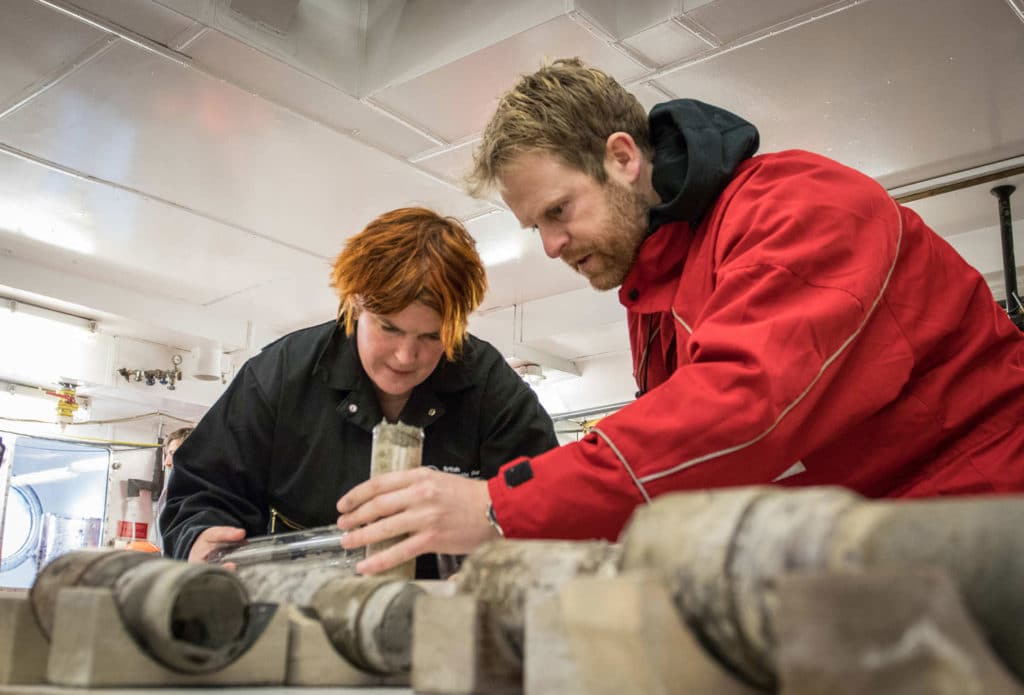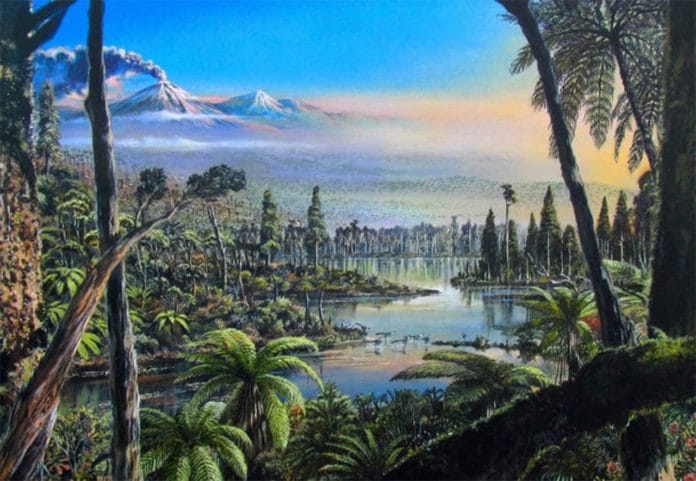Antarctica, which is entirely covered by ice sheets, was home to rainforests, almost 90 million years ago, suggests a new study by the team from the UK and Germany.
Scientists discovered forest soil from the Cretaceous period within 900 km of the South Pole. They also found that the carbon dioxide (CO2) levels in the atmosphere were higher than expected during the mid-Cretaceous period, 115-80 million years ago, challenging climate models of the period.
Co-author Professor Tina van de Flierdt, from the Department of Earth Science & Engineering at Imperial, said: “The preservation of this 90-million-year-old forest is exceptional, but even more surprising is the world it reveals. Even during months of darkness, swampy temperate rainforests were able to grow close to the South Pole, revealing an even warmer climate than we expected.”

Scientists found the evidence from core sediment drilled into the seabed close to the Pine Island and Thwaites icy masses in West Antarctica. One segment of the center got the analysts’ consideration with its unusual color.
By CT-scanning the section of the core, scientists found a dense network of fossil roots. What’s interesting, the roots were so well preserved that scientists could make out individual cell structures.
Scientists also found several traces of pollen and spores from plants, including the first remnants of flowering plants ever seen at these high Antarctic latitudes.
Scientists decided to reconstruct the environment of this preserved forest. To do so, they studied- the climatic conditions under which the plants’ modern descendants live and temperature and precipitation indicators within the sample.
The outcomes suggest that the annual mean air temperature was around 12 degrees Celsius. Average summer temperatures were around 19 degrees Celsius; water temperatures in the rivers and swamps reached up to 20 degrees, and the amount and intensity of rainfall in West Antarctica were similar to those in today’s Wales.
Lead author Dr. Johann Klages, from the Alfred Wegener Institute Helmholtz Centre for Polar and Marine Research, said: “Before our study, the general assumption was that the global carbon dioxide concentration in the Cretaceous was roughly 1000 ppm. But in our model-based experiments, it took concentration levels of 1120 to 1680 ppm to reach the average temperatures back then in the Antarctic.”
Journal Reference:
- Temperate rainforests near the South Pole during peak Cretaceous warmth. DOI: 10.1038/s41586-020-2148-5
